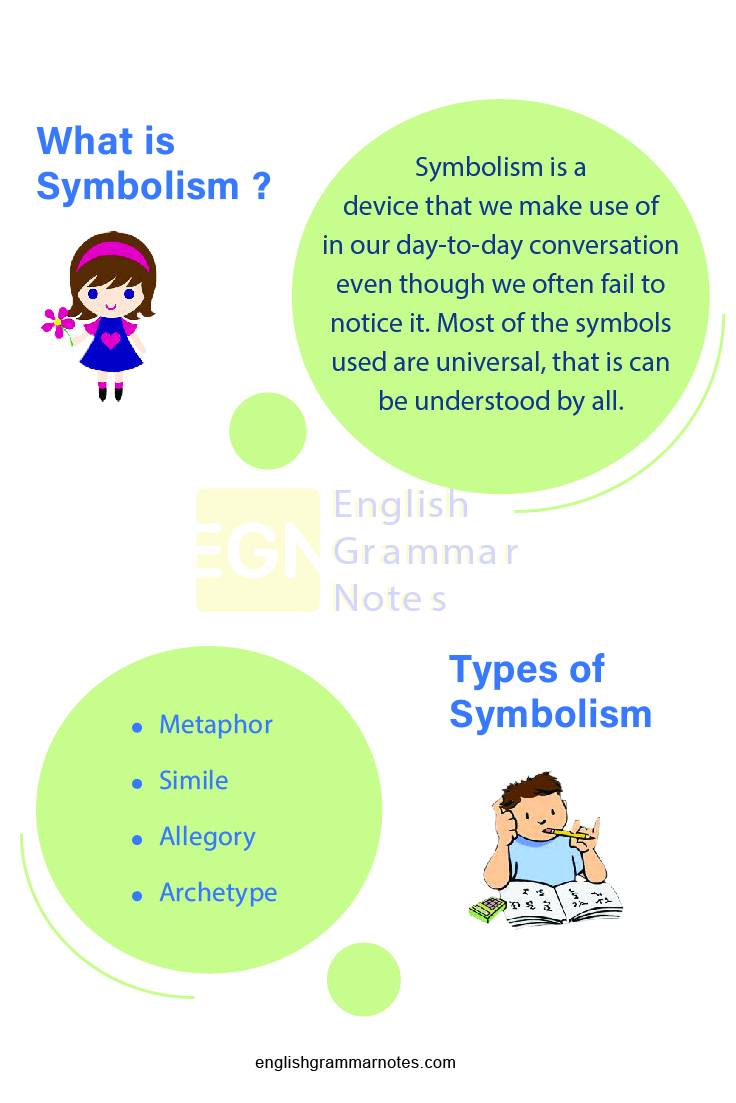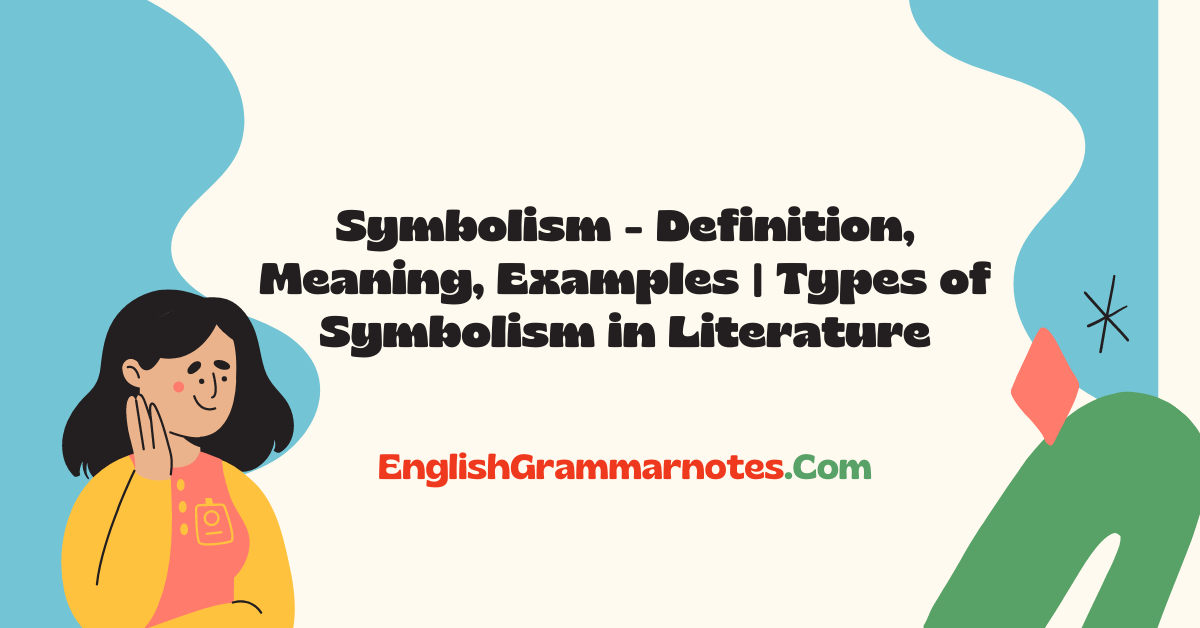You might often wonder about how to make your writings unique and innovative. Symbolism is one of the techniques that will help you achieve the same. Symbolism is the technique of the use of symbols to convey a deeper meaning. For example, A dove is considered to be a symbol of peace. A black cat is considered to be a symbol of bad luck etc.
- What is Symbolism?
- Significance of Symbolism
- Types of Symbolism in Literature
- Common Symbols used in Literature
- How to Use Symbolism?
- How to Identify Symbols?
- What is Symbolism?
- What are some of the common symbols used in literature?
- Why are symbols used?
- What are the different types of Symbolism?
What is Symbolism?
Symbolism is a device that we make use of in our day-to-day conversation even though we often fail to notice it. Most of the symbols used are universal, that is can be understood by all. However, there are culturally specific symbols that can be easily misunderstood.
Significance of Symbolism
Symbols are most commonly used in literature. Writers make use of symbols for various reasons. These include
- To give a deeper meaning to objects, events, and characters.
- To express complicated concepts visually.
- Expresses the essence of certain ongoing themes
- To create different layers of meanings
- Engages critical thinking in the reader as most of the symbols will be hidden within a text and it’s the reader’s task to unveil them.
Read More:
Types of Symbolism in Literature
There are different literary devices that help you employ symbolism in a writing. These include
- Metaphor: A metaphor is a device that directly refers to one thing by referring to another.
- Simile: It is a figure of speech where one thing is compared to another using like or as.
- Allegory: Another literary device that helps to use symbolism. Even though it is similar to a metaphor, it denotes the inner meaning of a word.
- Archetype: An archetype is a literary device that represents universal human behavior.

Common Symbols used in Literature
Some of the most conventional symbols used in Literature include
Colors: Suggests emotions
- Red- signifies passions
- Blue- Calmness
- White- purity
Seasons- Pertains to age
- Spring- youth
- Winter- Old age
Animals- Animals also stand as symbols
- Dove signifies peace
- Snakes signify evil.
How to Use Symbolism?
- Show without telling- Make use of symbols in such a way that the object easily conveys the intended meaning.
- Use symbols to signify mysterious or dark meanings
How to Identify Symbols?
Symbols may not always be clear. At times it becomes necessary to find out the hidden symbols. You can find such symbols by following these steps
- You should carefully read the passage and identify if there is an object or idea that is constantly repeated.
- Find out if the object can be associated with a specific meaning.
- If the object refers to a specific meaning that is not visible at the surface level, the object can be considered a symbol.
Check out Literary Devices that every writer should know as a part of expanding their knowledge base.
FAQs on Symbolism
Symbolism is the technique of the use of symbols to convey a deeper meaning. For example, A dove is considered to be a symbol of peace.
2. What are some of the common symbols used in literature?
Some of the common symbols used in literature include:
Colors- Red signifies love or passion
Seasons- pertains to age
Symbols can be used for various reasons:
- Gives deeper meaning to events, objects, and characters.
- Helps express complicated concepts visually
- Expresses the essence of certain ongoing themes
- To create different layers of meanings
- Engages critical thinking in the reader as most of the symbols will be hidden within a text and it’s the reader who unveils it.
4. What are the different types of Symbolism?
Various literary devices are used to help you employ symbolism. These include:
- Metaphors
- Simile
- Allusion
- Allegory
Conclusion
The use of symbols will make your writings innovative and unique. It is also a great way to help readers visualize a story. Symbolism helps you explain complicated ideas and adds emotions to the text. On the whole, the use of symbols in a text helps you look beyond the surface and discover hidden meanings within a text.
